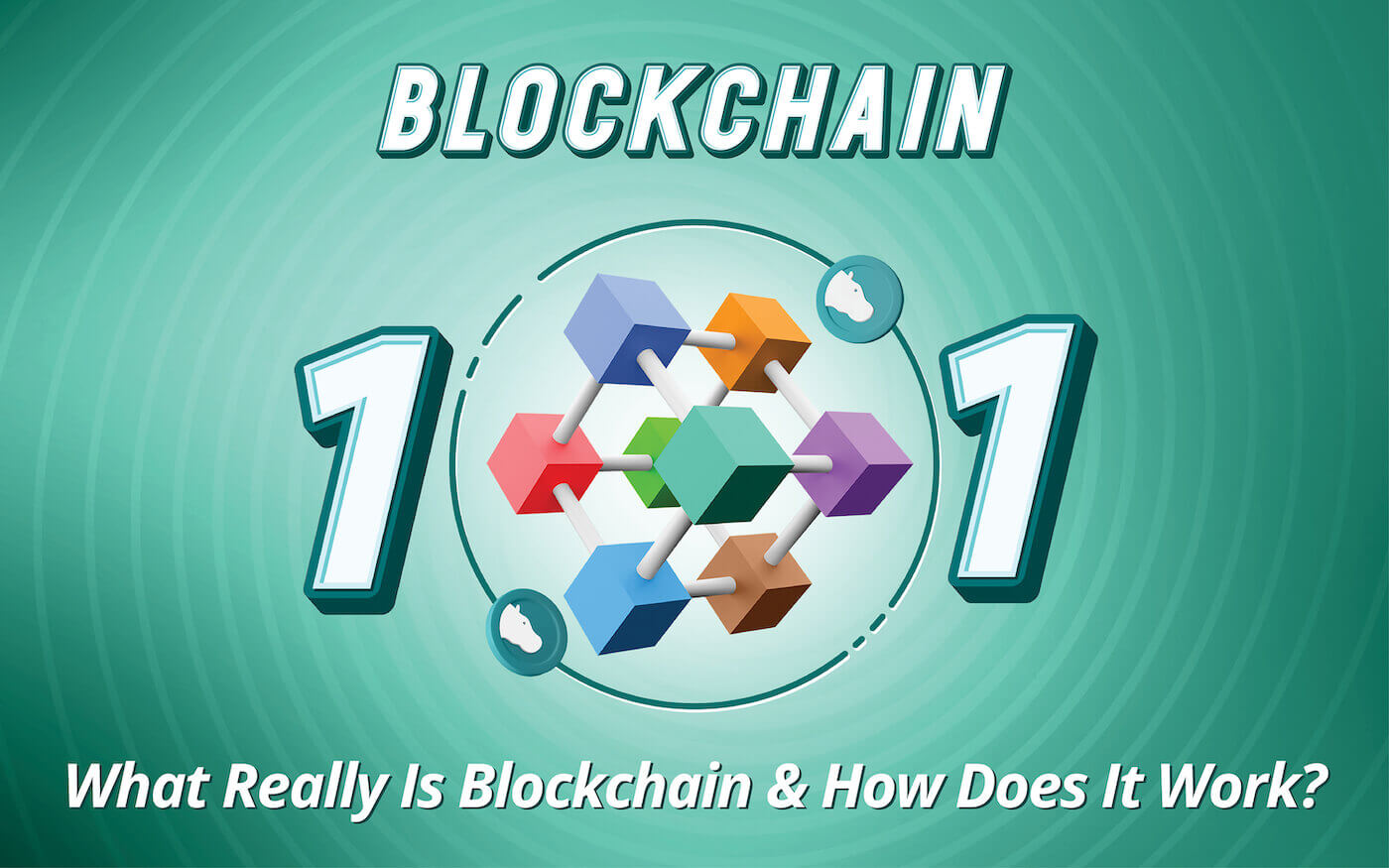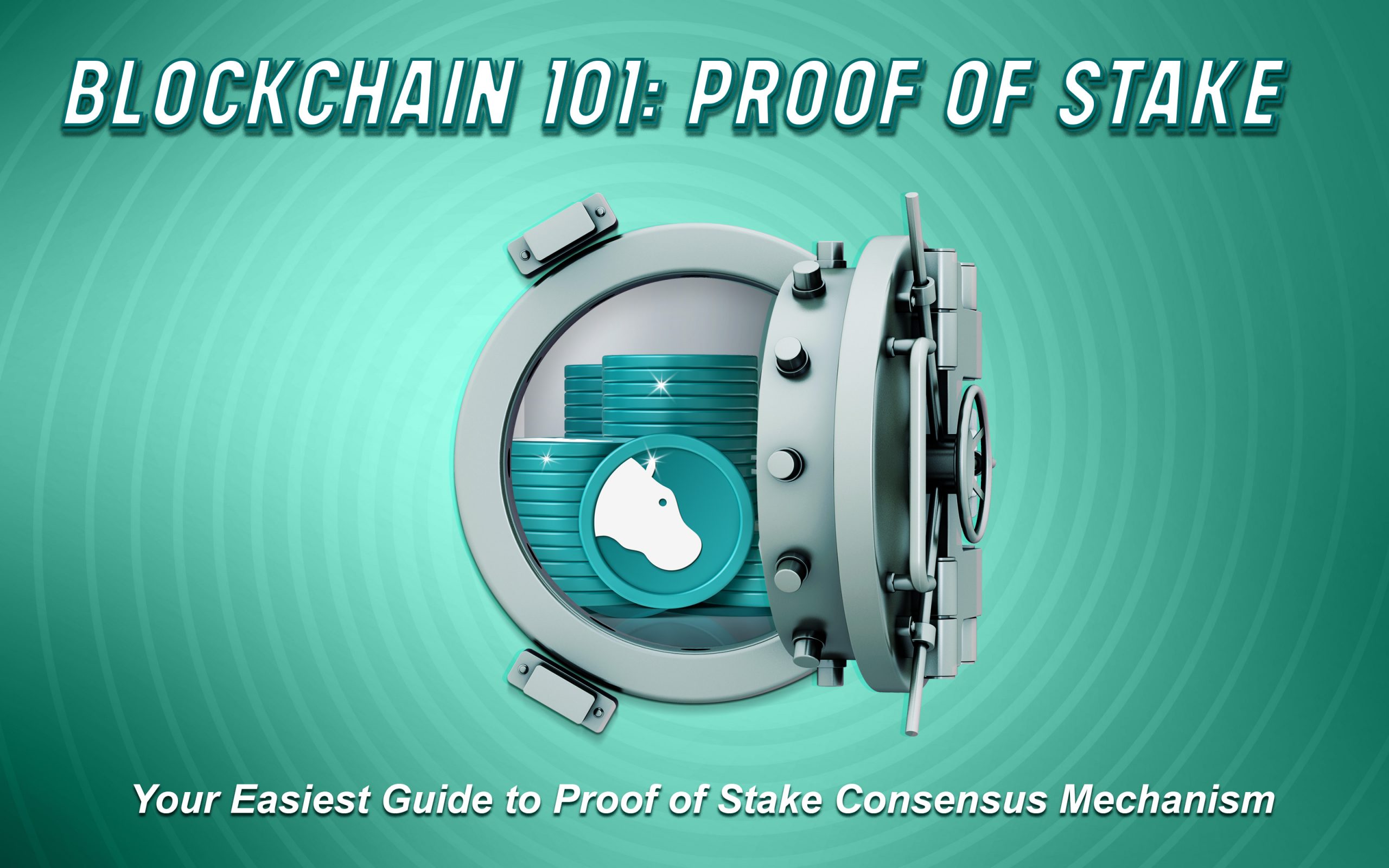Blockchain 101: What Really Is Blockchain and How Does It Work?
Beginner Nov 8, 2022We always hear the word blockchain—it’s everywhere. But, what is it, really? Why is it regarded as one of the most advanced technologies ever developed? Let’s find out.
Blockchain 101: What is a Blockchain?
In definition, a blockchain is a distributed ledger or database which is shared between nodes of a computer network. This database records transactions, stores information, and tracks assets. Moreover, assets can be anything virtual that holds value and can be traded on a blockchain network; this, reducing risks and cutting costs for everyone involved in the ledger and asset.
Key Elements of a Blockchain
Distributed Ledger
Everyone involved in the transactions has access to the blockchain (distributed ledger, as defined above). The network participants share the same distributed ledger wherein transactions are only recorded once—eliminating any duplication efforts which cause problems in business networks.
Immutable Records
No participant in the distributed ledger is not allowed to change or tamper with any transaction after it is already recorded in the blockchain (distributed ledger). Even if a transaction contains an error, a new record or transaction shall be added to reverse it—nonetheless, both records are visible on the blockchain.
Smart Contracts
A set of rules, called Smart Contracts, are programs created to speed up transactions. They are stored on the blockchain and are executed automatically when the predetermined terms and conditions are met by the transactions. To put it simply, smart contracts in blockchain are used to automate the execution of the agreements so that the participants can be certain of the outcomes without an intermediary’s involvement or time loss.
How Blockchain Works
- As each transaction occurs, it is recorded in blocks of data. These transactions show the movements of assets.
- Each block is connected to the blocks preceding and succeeding it. The blocks are securely linked together to prevent any block from alteration or having a block inserted between two existing blocks.
- The transactions are blocked together and are linked in an irreversible chain—a blockchain. Each additional block strengthens the entire blockchain; hence, making it immutable and tamper-resistant. This makes the ledger a network that all the members can trust.
Conclusion
To suffice, blockchain is all about immutable and unchangeable transactions recorded in blocks, executed by smart contracts, and linked together to create an irreversible chain.
There are many other technologies generated from the concept of blockchain technology—there is cryptocurrency, non-fungible tokens, metaverse, etc.
We will talk about it next time!
Make sure to subscribe to get notified of our latest educational articles.
Disclaimer: This article solely expresses the author’s thoughts, which may not reflect those of Hippo Wallet. Nothing in this article should be interpreted as investment guidance. Hippo Wallet encourages all users to do their research before investing in cryptocurrencies.




